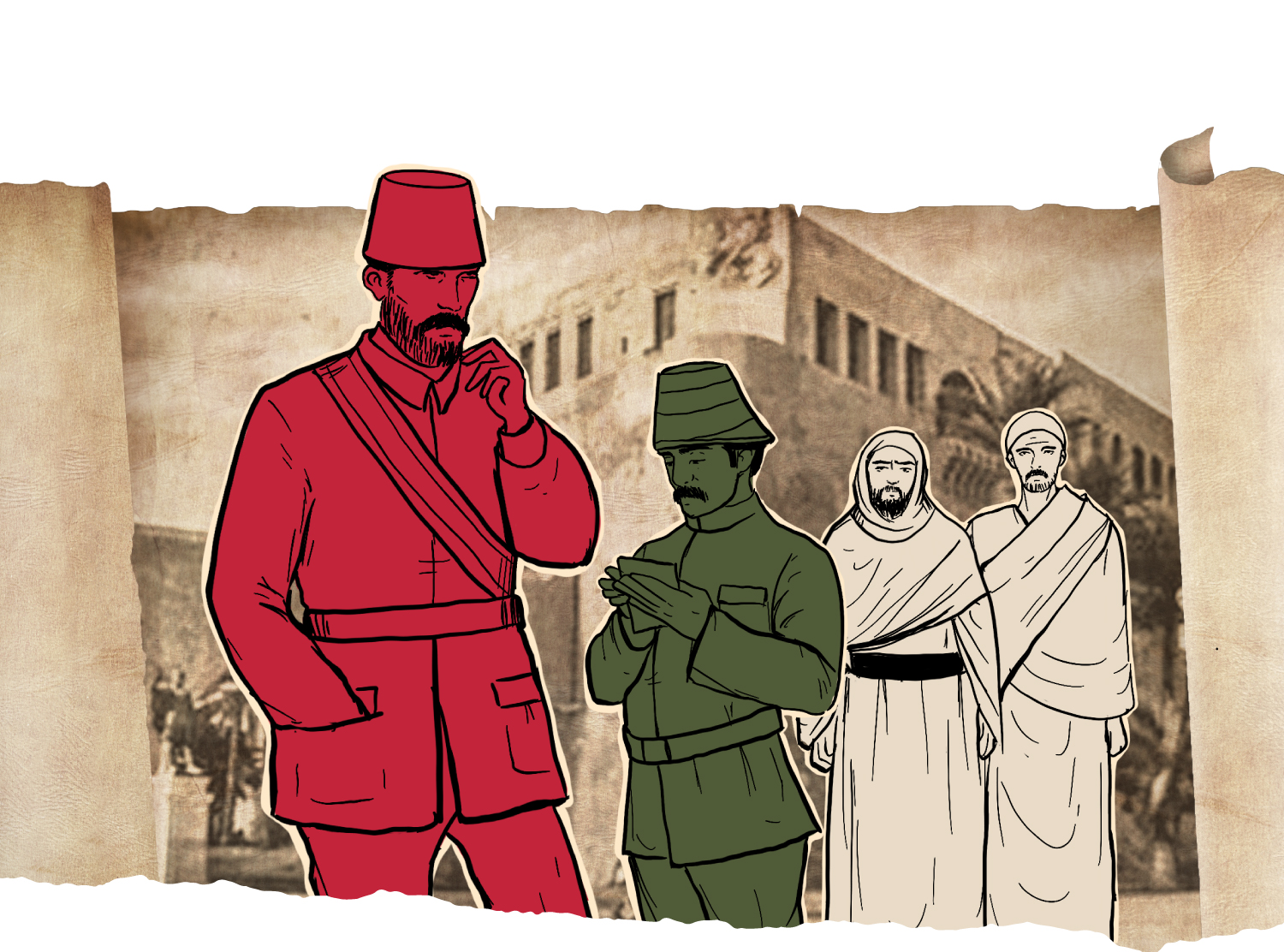
More than 50 Ottoman governors were killed
The position of “The Governor of the Invaders in Libya” causes the killing of Turkish leaders
When documenting the history of crime and tyranny, the Ottoman-Turkish occupation of the Arab countries can be classified as the worst and most criminal, as the Arab world lost more than hundreds of thousands of victims over the course of several centuries, noting that during the four centuries of Turkish occupation their method of seizing the Arab countries did not change. This confirms that they have a black history in which tragedies, torments and massacres against Arabs repeated.
The Ottoman-Turkish occupation in Libya was not different from what it was in the Arab countries. The Turks entered through the exploitation of internal and external conditions. Muhammad Al-Sallabi , who is one of the most prominent figures of the Brotherhood movement in Libya, says: “The Ottomans entered Libya at the request of its people to liberate their country from the Spaniards, then the Knights of Malta, and the Ottoman reforms contributed to the renaissance of Libya later”.
Regardless of the deception of those affiliated with the Muslim Brotherhood and their praise of the bloody Ottoman history, the evidence and clues confirm that Libya lived one of its worst historical eras under the Turkish rule. The Libyan historian, Al-Taher Ahmed Al-Zawi, comments on this fact by saying: “The Turkish era began in Sha’ban 958 AH corresponding to August 1551 AD. This era was characterized by chaos, injustice, robbery of funds, and non-compliance with any Sharia or law except what was commensurate with the will of the ruler in order to satisfy all his desires and lusts”.
Historical evidence proves that Libya lived its worst historical period under the rule of the Ottoman governors who only cared about their own lusts.

Similar to the situation in Algeria and Tunisia, the train of civilization stopped with the entry of the Turks into that country. They mastered the impoverishment and abuse of the people of the country and the destruction of any aspect of urbanization. The historian Al-Taher Al-Zawi describes the situation in Libya after the entry of the Turks, saying: “Whoever was poor and could not pay the tax had no choice but to be imprisoned. They were brought to the prison in a net on the back of a camel or strapped and tied in a horse’s tail and dragged to the prison. As for taking care of urbanization and educating the people, the Turkish era did not care about it at all”.
The Turkish ethnic superiority appeared immediately after the Turks entered the west Tripoli in 1551, so they desecrated the Arab blood. This is what confirms the Turks’ hatred of everything that is Arab. The researcher Rabiha Muhammad Khudair describes this racist treatment by saying: “On August 16, Sinan Pasha held a great celebration for the victory of the Ottomans in this campaign in which they were able to conquer the west Tripoli. Two days later, the rest of the garrison of Saint John was evacuated to Malta on French ships, and the Italians and some of the city’s residents were sent to Istanbul. All the Arabs who were fighting on the side of the enemy were killed as traitors”.
The study of the Libyan case confirms that this Maghreb country was just a container for collecting taxes and sending them to Istanbul, and they did not give Libya the right of development, science and urbanization. Al-Zawi describes this catastrophic situation by saying: “When the Italian occupation came, there was no electricity or an inch of railways in the country, and no one had a doctorate in medicine or a BA in law. The traveler would come to the city and walk in the desert until he reached the city’s wall”.
The Ottomans mastered the impoverishment of the Libyans, so the people lived a harsh life between paying excessive taxes or being punished with imprisonment.

The Turkish rule of Libya constituted an era that was characterized by the decline of civilization. During the Ottoman rule, Tripoli was ruled by 72 Turkish governors, more than fifty of them were killed or committed suicide. This was because the army was the actual ruler in Libya, and it was the army that appointed those governors without having the most basic elements of the governor. They would bring the owner of the cafe from his cafe or the tailor from his shop, and he would be appointed as the governor of Tripoli. This was a small part of what Tripoli suffered during the Turkish era until the Italian occupation came and found it lacking the necessities of life”.
Here, history sends us an important message about who is trying to push the Turkish colonialism inside through the window after it had sold Libya to the Italians and came out of the wide door.


- Al-Taher Ahmad Al-Zawi, Governors of Tripoli: From the Beginning of the Arab Conquest to the End of the Turkish Era (Beirut: Al-Fath for Printing and Publishing, 1970).
- Rabiha Khudair, The Entry of the West Tripoli under the Ottoman Rule (1555 AD), College of Arts, University of Mosul, Annual Scientific Conference of the College of Basic Education May 23-24, 2007.
- Majid Khadduri, Modern Libya (Beirut: Dar Al-Thaqafa, 1966).
- Mahmoud Amer and Muhammad Faris, The Modern History of the Maghreb (The far Maghreb, Libya) (Damascus: Damascus University, 1999).
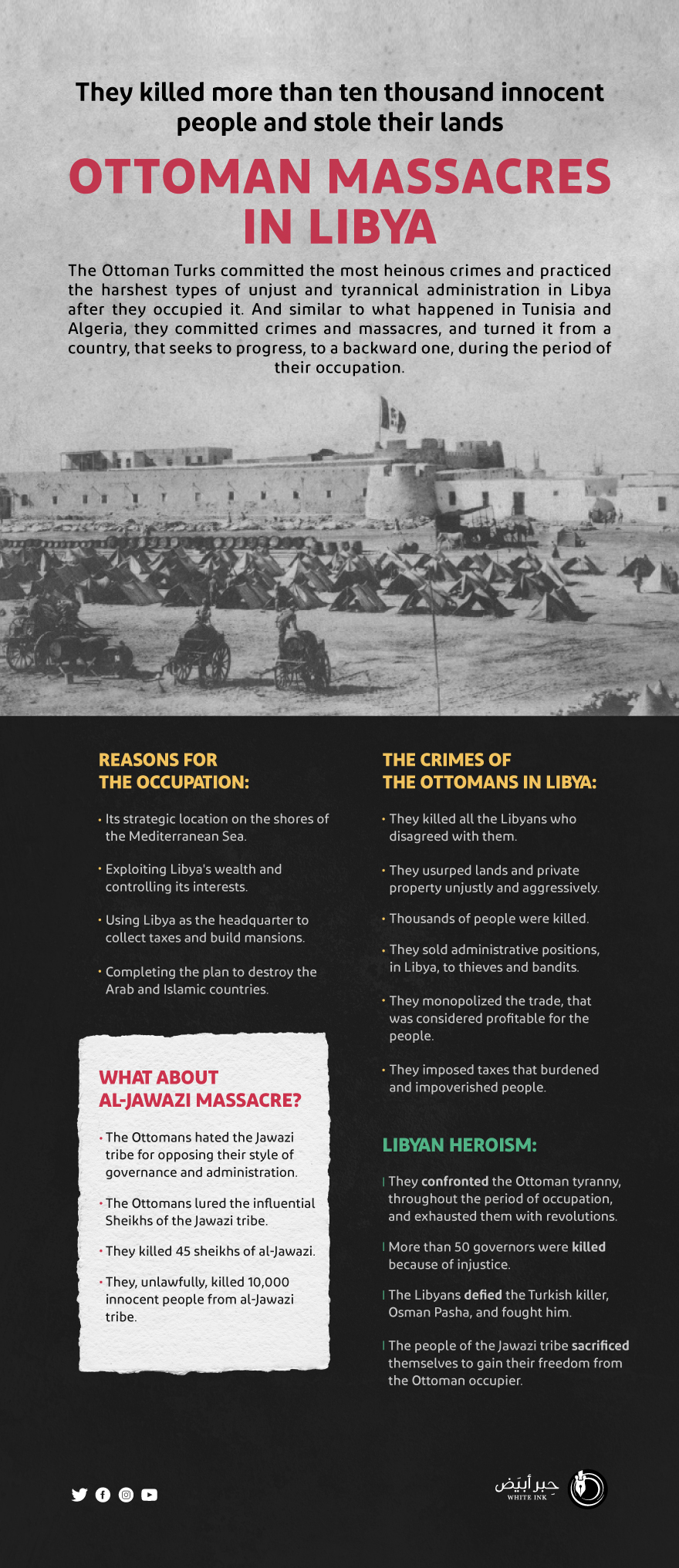
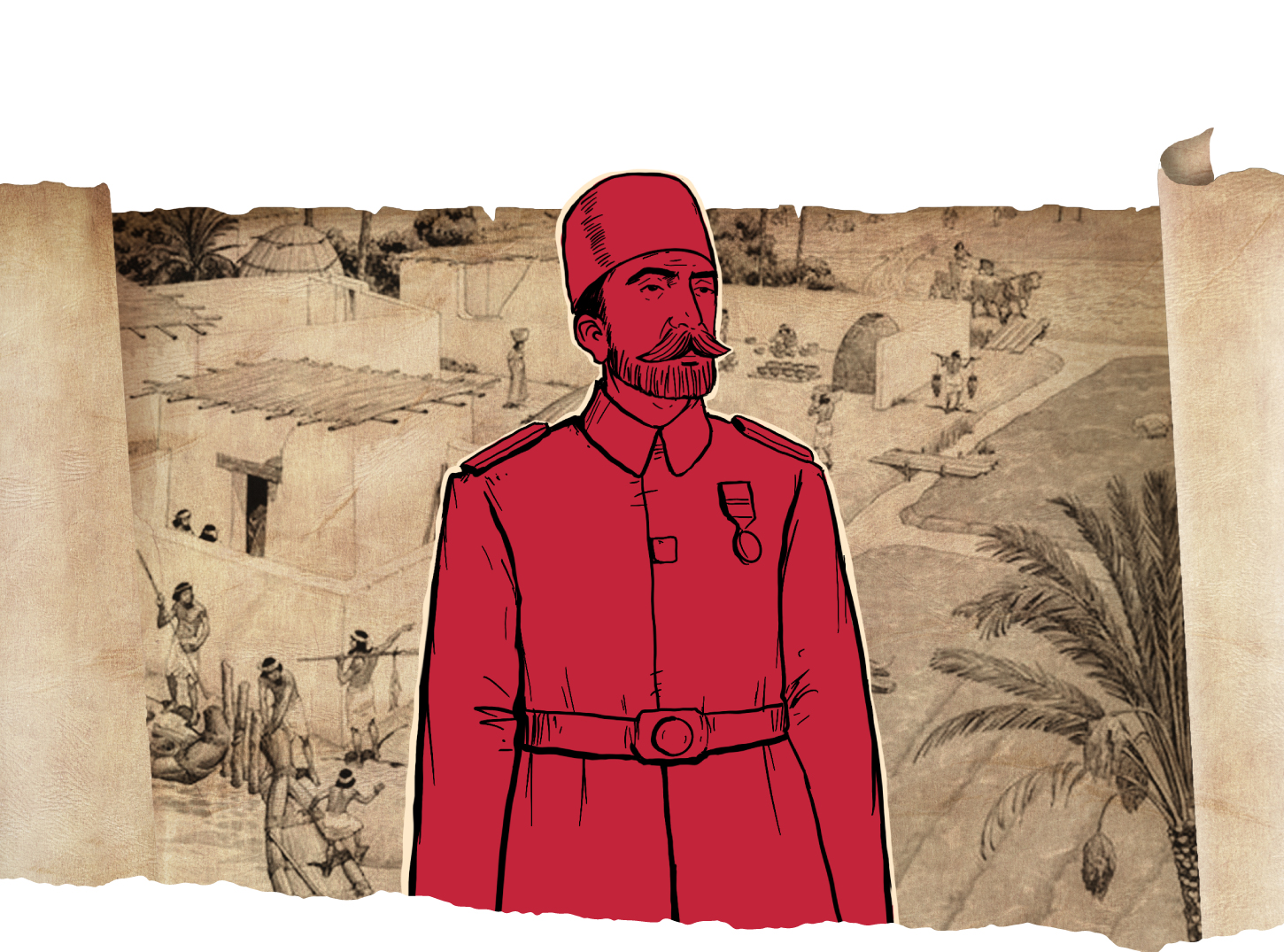
He grabbed the land from its owners and sold the positions to thieves
The crimes of Osman Pasha, the greatest Ottoman tyrant in Libya
Although tyrants are not very different from each other, starting from the lowly origin and the abnormal soul, to the thirst for blood and the killing of the weak, some tyrants were unique with more base and despicable qualities, so they managed to reach the height of tyranny and their name is always associated with everything that is black in history.
When the Turks occupied the west Tripoli since 1551, after the Turkish fleet in the Mediterranean was strengthened, they were taken over by Murad Agha, who was born in Italy. He was taken captive as a child by Turkish pirates. He was sold in Istanbul for sixty liras to one of the slavers, who took over his education and then gifted him to one of the concubines of Sultan Selim I, and she castrated him to remain in the Harem Palace until he was promoted and graded in the palace.
Al-Saqzli's brutality against the Arabs led to many revolutions against his brutal massacres.

After that, fate drove him to Libya, so the Sultan appointed him as a governor for life on Libya. He was succeeded by seven Turkish governors and the eighth was the governor Osman Pasha Al-Saqzli (1649-1672), who was one of the greatest Turkish tyrants who ruled the west Tripoli. He was an unjust tyrant, and the revolutions of Arab leaders against him were many because of his oppression. He was treacherous and did not fulfill a covenant. He was also cruel and did not show mercy to anyone. He found his comfort in killing the innocent and harassing the oppressed, just as the believer finds his comfort in obeying Allah. He is the one who built the well-known Othman Pasha school in Tripoli, where he did so from the money of its people unjustly and aggressively. What the Turks were famous for in that era, whether in the west Tripoli, Egypt and elsewhere, was that they were unjustly collecting people’s money and building schools and mosques. One of the historians described him by saying: “He was a money collector in every possible way, and he continued to do so”.
He was kind to those whom the Sultan sent to him and he gave them many gifts with the aim of obtaining the Sultan’s support by keeping him the governor of Tripoli. The Sultan’s support made him more domineering and tyrannical over people’s necks and their livelihoods. The more he gained control over the country, the more he oppressed the people. Among his atrocities was that he burdened the people with new taxes instead of the taxes that he abolished at the beginning of his reign. He also prevented merchants traveling to the land of Fezzan from trading in copper, beads and paper and ordered that the others shouldn’t trade in them! Rather, he prevented people from buying the important commodities arriving from the sea side, and he assigned some men from his side to buy what was provided to Tripoli from Europe.
As a result of the trade that he monopolized, he sold goods to traders at excessive prices in the markets, which weakened the economic conditions in Libya during his rule. Among the forms of injustice that he established in the state was the sale of administrative positions, so the heads of the sub-districts took over their positions in this way and plundered the areas belonging to them in order to recover the money they paid to the governor Othman as soon as possible. You can imagine the injustice that resulted from this across the state.
One of the forms of tyranny for this Turkish governor was his purchase of agricultural land from the people, and this was done under the supervision of the judiciary. He used to buy lands from their owners in the presence of the judge in the court, and when the seller received the value of what he sold in cash and left the court, the Pasha would order his followers to take that money from him by force, unjustly and aggressively.
The expropriation of land from its owners was the worst form of tyranny of the Turkish governor Osman Pasha.



- Muhammad Al-Tarabulsi, The History of the Rulers of Tripoli and its Nobles, Commentary: Al-Taher Al-Zawi (Al-Madar Al-Islami: Beirut, 2004 AD).
- Muhammad bin Masoud, The General History of Libya from the First Centuries to the Present Era (The west Tripoli: British Military Press, 1948).
- Nikolai Prochin, History of Libya from the Middle of the Sixteenth Century to the Beginning of the Twentieth Century, translated by: Imad Hatem, 2nd Edition (Beirut: Dar Alkitab Aljadeed Al-Mutaheda, 2001).
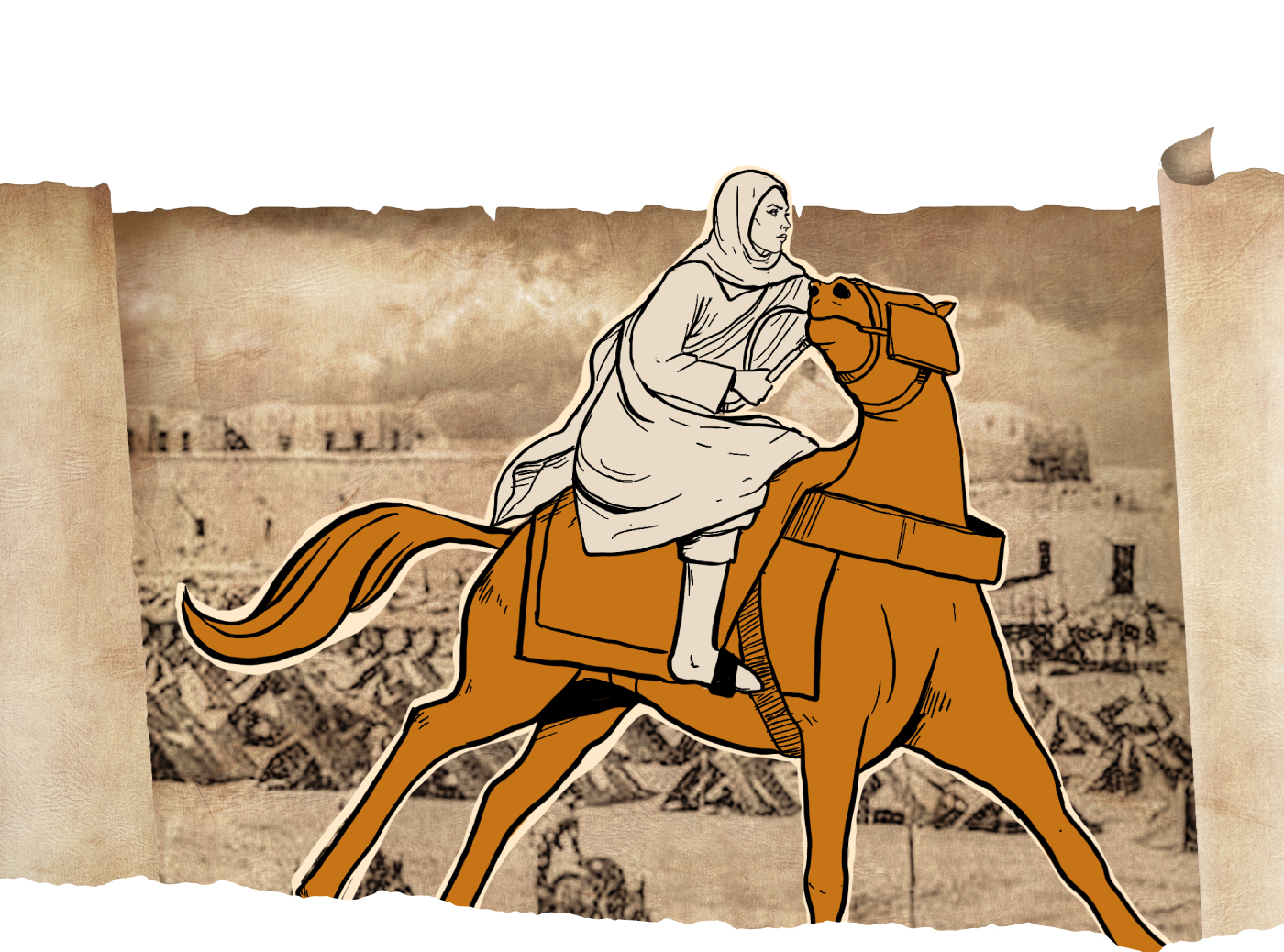
Ethnic elimination of ten thousand innocents
Al-Jawazi massacre The most heinous crime of the Ottomans in Libya
The Ottoman tyranny reached its limit in Libya, injustice intensified, and tyranny reached its climax, but there were those who were able to deter that and defend the truth despite all that. At a time when the Ottomans thought that they controlled the country and people, silenced the tongues with killing and weakened the strong with brutality, they found those who confronted them who were indifferent to the blood that would shed to draw a map of freedom. This is what Al-Jawazi tribe did with the Turks in Libya.
The Libyan researcher, Ramadan Jerboa’, described the Libyan city of Benghazi as “The rebellious Rejectionist”. He explained that this feature adhered to it since the middle of the sixteenth century AD, that is, about a century after its establishment or re-establishment by a group of merchants from Misrata and later Tajoura and Tripoli. They aligned and agreed with the inhabitants of the semi-desert region in which Benghazi is located.
As a result, it flourished with its commercial activity and became an urban center that combines urban and Bedouin culture, which constituted a unique combination. We can call it “Bedouin Urban”. Hence, there was no government or taxes, and the city was not in need of anyone. It was founded by itself and flourished with immigrants coming to it from all parts of Libya without exception.
The Ottomans occupied the city after 130 years of its establishment. They built a palace for the ruler and a military barracks, and they began collecting taxes in favor of the sultans. As a result, rebellion and lack of submission to the occupying authority emerged. This reaction prompted the Ottoman Pasha of Tripoli to subjugate the city with cruelty, as well as disinterest and neglect due to this rebellion, which became mutual between the two parties.
The Ottoman oppression did not scare everyone, and this was proven by the events when Al-Jawazi tribe refused to deal with the Ottoman occupation, but rather refused to pay the tribute and taxes imposed by the Turkish occupiers. As a result, they endured the resistance of the Janissaries with steadfastness and perseverance.
Al-Jawazi tribe inhabited Benghazi and its environs (1000-1942). It is an authentic Arab tribe which lineage goes back to the Arab tribe of Bani Selim, and it was subjected to a massacre during the Libyan Civil War in 1801. The rest of them were expelled to Egypt by Yusuf Pasha Al-Qarmanli. Al-Jawazi did not settle in Egypt for long, as most of them returned to Cyrenaica after many of them were lost.
Al-Jawazi tribe resisted the Ottoman occupier valiantly and refused to pay taxes or submit to the Turks.

The sources indicate that this tribe, proud of its Arabism and strength, was the one who confronted the Ottoman occupier, led the revolution and stopped the crimes of mercenaries against the local population. They also rejected the superiority of the Turkish race over the Arab race, as if they were slaves in forced labor for the benefit of the Ottoman sultans.
Because the criminals did not accept the presence of those who say to them: (No), they used the same method of Muhammad Ali with the Mamluks and plotted a terrible massacre. The matter began when the Turkish military ruler Al-Qarmanli invited the sheikhs of Al-Jawazi to the Turkish castle to negotiate with them. He also deceived them when he fulfilled their requests, so the sheikhs and notables of Al-Jawazi agreed. According to the sources, Al-Qarmanli had arranged the matter, so as soon as they entered the castle, they were surprised by the guards who slaughtered them all.
The historical sources indicate that the Ottoman governor was allowed only one sheikh at the same time to enter. Each time he called one of the sheikhs who did not return again until the call reached Sheikh No. 45 who refused to enter until after he knew the fate of those who entered before him. He was surprised when he knew that the guards of the Ottoman governor killed all the 44 sheikhs and then killed him and slaughtered all their companions in front of the palace.
As soon as they finished killing leaders and notables, the Janissaries and the mercenaries of the Turkish occupier spread in the streets and neighborhoods. They stormed the houses and killed women, children and the elderly until the number of victims reached 10,000.
Al Mezmaah Center for Studies and Research describes the massacres of the Ottoman occupation in Libya, especially what happened against Al-Jawazi tribe in the state of Cyrenaica in eastern Libya, as one of the most heinous massacres in history, in which more than ten thousand members of one tribe were killed.
Nevertheless, the Turks failed to Turkify Libya. The Libyan researcher Jibril Al-Obaidi mentions that Turkey occupied Libya, like the rest of the Arab countries, and ruled over it for more than 400 years under the so-called “Ottoman Caliphate”. Despite that, Libya remained for the Libyans even after the fifty-year war with the Italians, to whom Turkey handed over Libya in accordance with the Lausanne Treaty.
In a written document published by the Libyan Al-Jawazi tribe website, written by Al-Faqi Ahmed Al-Shanqiti, he mentioned the incident of the treacherous execution of Al-Jawazi Sheikhs in Benghazi, and the text came as follows: “In the name of Allah the Merciful and prayers and peace be upon the Prophet Muhammad. Peace be upon those who died oppressed. I am Al-Faqi Ahmed bin Muhammad Al-Shanqiti from Chinguetti in Morocco. I write what Sheikh Saleh Al-Masri, the sheikh of Al-Jawazi tribes, dictated to me from the names of the forty-five sheikhs who were executed in the Government Palace in the city of Benghazi on Wednesday, the 17th of Safar, 1237 AH. This happened as a result of the deception and betrayal that Ahmed Yusuf Al-Qarmanli had plotted for them, who pretended to accept the negotiation and based on this they accepted the hospitality in which their lives were taken. Some of their names are: Musa bin Jibreen Banud, Saleh bin Ali Nofal, Hamad bin Murad Muqreb, Awad bin Mahmoud Zidan, Al Kilani bin Omar Absiwan, Salah bin Hamed Amnisi Buila and Taher bin Bu Bakr Al Dozan”.
As usual for peoples, the Libyan popular memory preserved poems that documented the massacre, including:
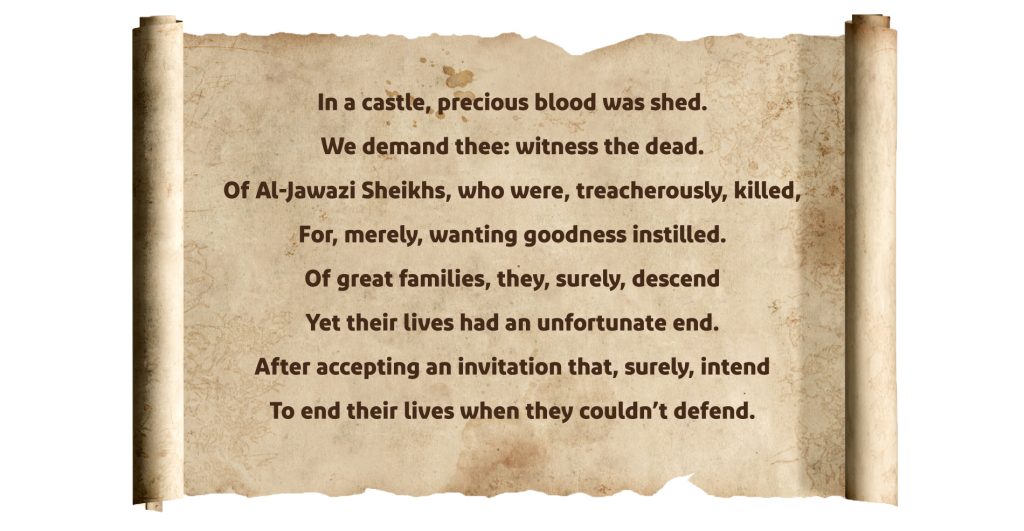


- Walid Fekri, The Ottoman Crime (Cairo: Al-Rewaq Publishing and Distribution, 2021).
- Al-Taher Ahmad Al-Zawi, Governors of Tripoli: From the Beginning of the Arab Conquest to the End of the Turkish Era (Beirut: Al-Fath for Printing and Publishing, 1970).
- Rabiha Khudair, The Entry of the West Tripoli under the Ottoman Rule (1555 AD), College of Arts, University of Mosul, Annual Scientific Conference of the College of Basic Education May 23-24, 2007.
- Majid Khadduri, Modern Libya (Beirut: Dar Al-Thaqafa, 1966).
- Mahmoud Amer and Muhammad Faris, The Modern History of the Maghreb (The far Maghreb, Libya) (Damascus: Damascus University, 1999).





